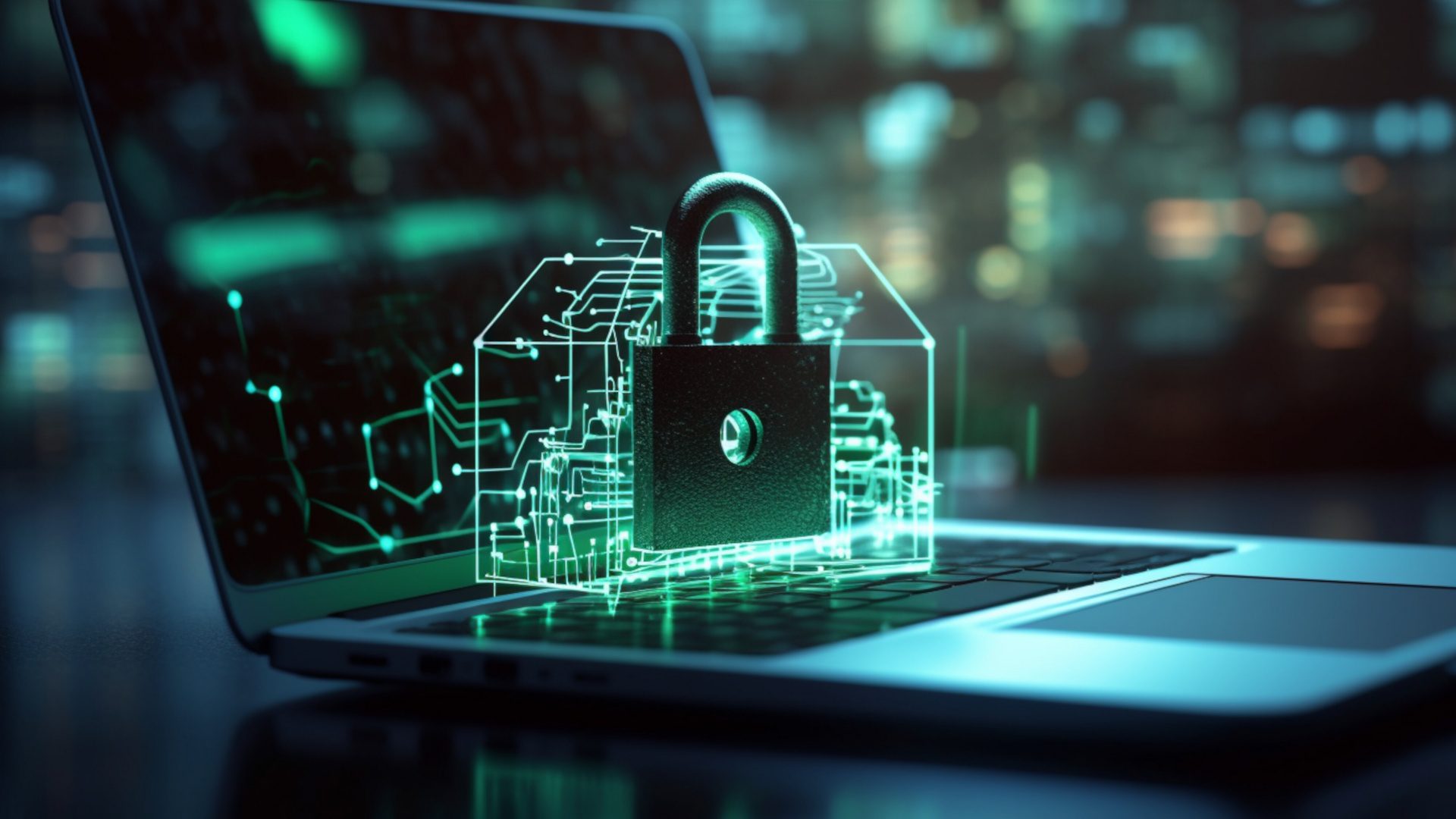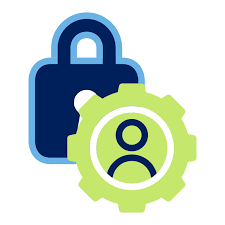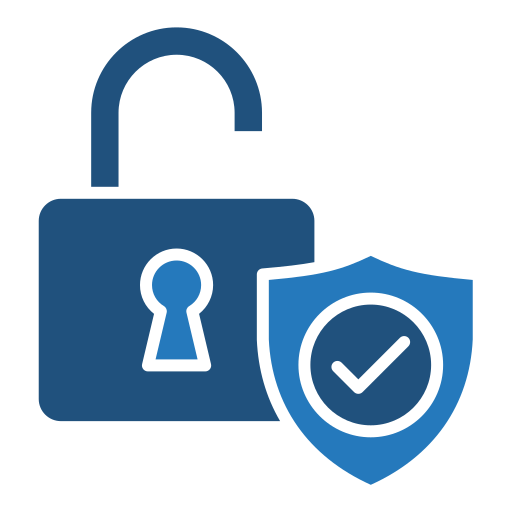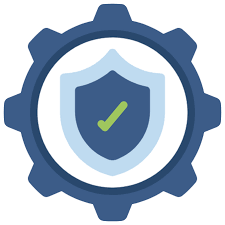Defending Against Digital Threats
Safety for expansion
Safeguarding businesses from digital threats is at the core of our cybersecurity solutions. Leveraging advanced technologies and proactive strategies, we offer robust protection against cyber threats, ensuring the integrity and confidentiality of sensitive data. Whether it is Network or Endpoint or Data security, Identity and Access Management, we not only excel in these areas but also provide Security Awareness and Training to our Clients.

OUR APPROACH

Holistic cybersecurity strategy
.

Security by design

Proactive risk mitigation

Security-as-a-service
OUR SERVICES, PERFECT FOR EACH OF YOU
Cybersecurity advisory and consulting
With our customized cyber insurance, e-commerce, 5G, connected car, and connected medical device security solutions—all contextualized with industry-specific nuances—find the ideal fit for your particular needs.
Cyber-physical security
Cyber-physical security is a critical aspect of modern security strategies, focusing on the protection of interconnected systems that bridge the digital and physical worlds. In today’s increasingly automated and connected environment, cyber-physical systems (CPS) integrate computational and physical processes, making them essential to the operation of everything from industrial control systems and smart grids to autonomous vehicles and healthcare devices.
Digital identity management
Digital identity management is the process of creating, maintaining, and securing the digital identities of individuals, devices, and organizations in the online world. As more interactions and transactions move online, managing digital identities has become crucial for ensuring security, privacy, and seamless user experiences.
Digital work security
Digital work security encompasses a range of strategies and technologies designed to protect the integrity, confidentiality, and availability of digital resources used in the workplace. This includes securing devices, networks, applications, and data, as well as implementing policies and practices that reduce the risk of cyber threats, such as phishing attacks, malware, and insider threats.
Enterprise security-as-a-service
ESaaS leverages the power of the cloud to deliver security services such as threat detection, identity and access management, data encryption, and compliance monitoring. Unlike traditional on-premises security solutions, ESaaS allows organizations to access the latest security technologies and expertise without the need for significant capital investment in hardware, software, and specialized personnel.
Governance, risk and compliance
Governance, Risk, and Compliance (GRC) is a strategic framework that helps organizations align their operations with their business goals while managing risks and ensuring compliance with regulations. By integrating governance, risk management, and compliance into a unified approach, GRC empowers organizations to make informed decisions, protect their assets, and maintain their reputation in a complex and ever-evolving business environment.
Quick recovery and incident response
Quick recovery and incident response are critical components of a robust cybersecurity strategy, ensuring that organizations can swiftly address and recover from cyber incidents with minimal impact on operations. In an era where cyber threats are becoming increasingly sophisticated and pervasive, having an effective incident response plan in place is essential for maintaining business continuity, protecting sensitive data, and safeguarding an organization’s reputation.
Privacy and data protection
Privacy and data protection are fundamental pillars of the modern digital landscape, ensuring that individuals’ personal information is safeguarded against unauthorized access, misuse, and exploitation. As businesses and governments increasingly rely on data to drive decision-making and provide services, protecting that data has become more critical than ever. Strong privacy and data protection practices not only help organizations comply with legal regulations but also build trust with customers and stakeholders by demonstrating a commitment to safeguarding their sensitive information.
Secure cloud transformation
Cloud transformation involves shifting from traditional on-premises IT environments to cloud-based solutions, which can include public, private, or hybrid cloud models. This transformation offers numerous benefits, such as cost savings, improved collaboration, and access to cutting-edge technologies. However, it also introduces new security challenges that must be addressed to ensure a successful and secure migration.
Threat detection response
Threat detection and response is a critical aspect of modern cybersecurity, focusing on identifying, analyzing, and mitigating cyber threats in real-time to protect organizations from potential harm. In a landscape where cyberattacks are becoming increasingly sophisticated and frequent, effective threat detection and response strategies are essential for safeguarding sensitive data, maintaining business continuity, and minimizing the impact of security incidents.
Vulnerability managemnet
Vulnerability management is a crucial process in cybersecurity that focuses on identifying, assessing, and mitigating vulnerabilities within an organization’s IT environment. Vulnerabilities are weaknesses or flaws in software, hardware, or systems that could be exploited by attackers to gain unauthorized access, disrupt operations, or compromise data. Effective vulnerability management helps organizations minimize their attack surface, protect sensitive information, and maintain a strong security posture.
Zero trust and edge security
The Zero Trust security model operates on the principle of “never trust, always verify.” Unlike traditional security models that assume users or devices inside the network are trustworthy, Zero Trust assumes that threats could be present both inside and outside the network. Therefore, it requires continuous verification of every user, device, and connection attempting to access resources, regardless of their location.
Industries

Financial services
By maintaining the security of digital transactions, you can manage regulatory compliance and bolster cyber resilience.

Health care and life sciences
Protect sensitive data by using strong security measures to operate contemporary, connected medical devices.

Manufacturing
Create a smart, safe factory by integrating information and operational technology defense.

Retail
Preserve consumer confidence by protecting customer information and e-commerce transactions.
Boost your business with cyber resilience.
- Maximize security investments
- Establish digital trust
- Accelerate cloud transformation
- Secure customer data
- Fortify digital ecosystem security
- Achieve regulatory compliance
- Minimize total cost of ownership
